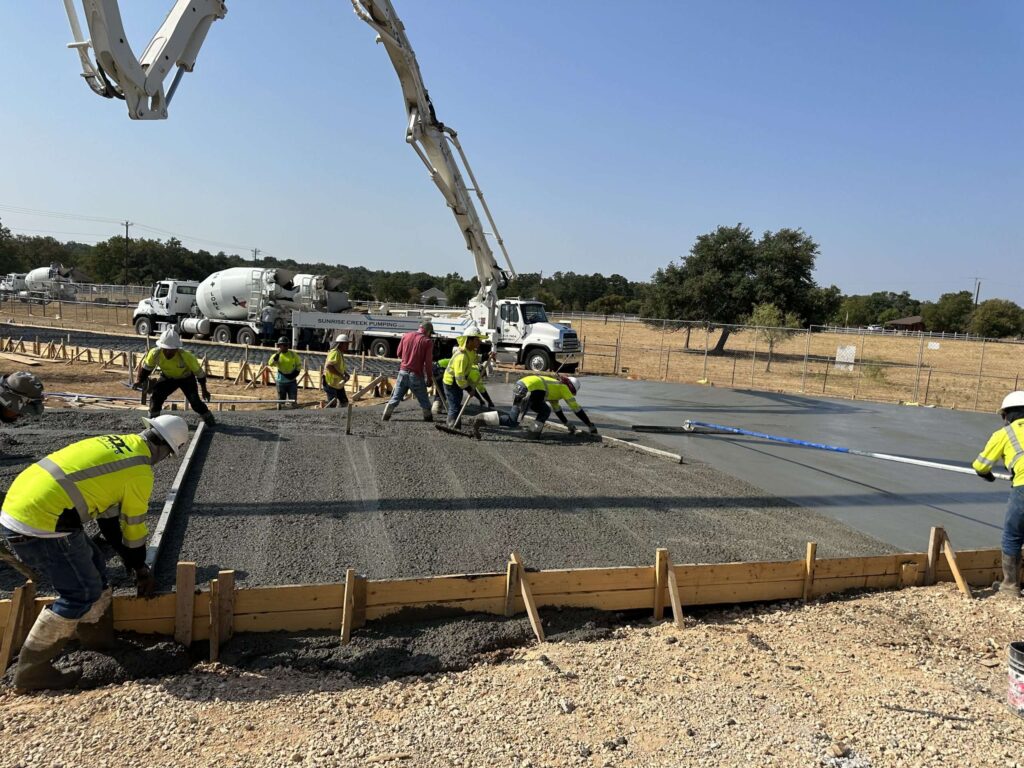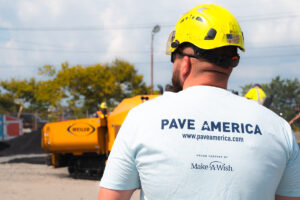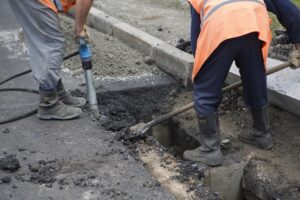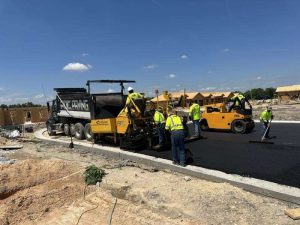It is hard to imagine what the modern world would look like if all concrete magically disappeared. If you go for a stroll in your neighborhood, you likely do so on a concrete sidewalk. If you have ever seen pictures of Hoover Dam, or you have visited the site in person, you may have marveled at the immensity of this concrete structure. You may drive or park on a concrete pavement, or you may live, work, or shop in a building containing a copious amount of concrete. There is also a pretty good chance that you have driven by a construction site with a concrete installation underway, and you may have been impressed by the coordinated efforts of the workers. Concrete has become so commonplace that you might assume that it was only invented a couple of centuries ago. However, concrete has a much longer history, and its cousins, mortar and cement, can be traced back several millennia.
How Does Concrete Differ From Mortar and Cement?
Cement can form naturally if the conditions are right; a spontaneous reaction between clay, sand, shells, and limestone can occur. Deposits of naturally occurring cement have been found that formed more than 12 million years ago. Just like concrete, mortar contains cement, sand, water, and limestone, and it is not known to form naturally. Mortar has been used for at least 5,000 years. Concrete contains a precise combination of cement, sand, water, and stones, rocks, or gravel. Some concrete-like materials were used more than 8,000 years ago but the earliest examples of what could be recognized as concrete are more than 3,000 years old. However, it was the Romans who became the true masters of concrete over 2,000 years ago.
What Are the Earliest Examples That Modern Concrete Companies Would Probably Find Remarkably Similar to What They Achieve With a Concrete Installation?
Interestingly, after the collapse of the Roman Empire, the secret formula that Roman builders used was lost for more than a millennium. Fortunately, architects and engineers persevered to create a building material that a concrete company in Austin would consider quite similar.
1. An Italian friar named Giovanni Gioconda had some success in the 1500s with his concrete formula that could harden even when submerged in water. He built a bridge, but it had to be demolished because it was unable to support the houses that were built atop it.
2. The next notable advances came during the 1700s, primarily thanks to John Smeaton’s rediscovery of hydraulic lime concrete. He used his formula to build the third Eddystone Lighthouse after the first two were destroyed; the first one fell victim to a violent storm in 1703, while its replacement burned down in 1755. Smeaton’s concrete structure was still going strong in 1882, but the rock on which it was built was suffering from severe erosion. With great difficulty, the top four rooms and the lantern were dismantled, moved to Plymouth Hoe, and rebuilt on a replica base.
3. Portland cement was invented in 1824 by Joseph Aspdin. This mixture of limestone and clay remains a key ingredient in the material that will be installed by your Austin concrete company.
4. The development of reinforced concrete was the brainchild of Joseph Monier, who patented the process in 1867. Originally, iron was used during the concrete installation as a reinforcing material. Today, a concrete company would use steel rebar, especially when constructing concrete parking lots, bridges, multistory buildings, and other structures that will need to bear heavy loads.
5. Throughout the 20th century, improved formulas and techniques were developed almost routinely. One of these improvements was the development of concrete companies with batch plants that delivered premixed concrete to the site. Color wax, sealers, integral color, color hardeners, and chemical stains first appeared during the early 1900s. Fiber-reinforced concrete first appeared during the 1970s; steel, carbon, glass, or other fibers are incorporated into the mixture, making the concrete stronger. Toward the end of the 1900s, eco-friendly concrete made its appearance. Moving into the 21st century, concrete companies began using self-healing concrete. By 2022, wood-concrete hybrid designs had been developed for 3D printing in the residential construction industry.
RDC Paving is an experienced, trustworthy asphalt and concrete company in Austin with a stellar reputation for craftsmanship and reliable service. Our Austin concrete installation experts construct concrete parking lots, driveways, ramps, sidewalks, curbs, sidewalks, and ADA features. We also offer asphalt paving and repairs, asphalt overlays, asphalt crack repairs, asphalt driveway construction, asphalt milling, asphalt sealcoating, and asphalt crack repairs. In addition, we repair concrete, and we offer parking lot maintenance and parking lot striping. We offer free quotes, and we make it easy for you to submit your request. You can complete the form on our website, email Ryan@RDCPaving.com, or call 512-920-9155.




